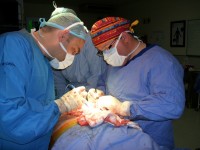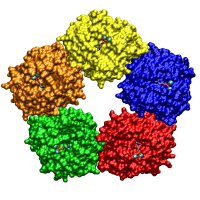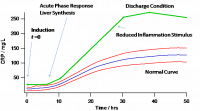The recovery from an operation depends on the type of operation and the patient’s response to the surgery. The route to recovery therefore depends on an accurate monitor of the patient’s performance and, in particular, early warning for the doctors of something going wrong, ideally what is causing it. Understanding how quickly the body’s systems respond and the way in which they respond can provide a new way of monitoring a patient’s recovery, potentially telling the doctor what is going wrong before the patient starts showing symptoms. Even from admission, an accurate measure of the health of a patient’s immune system can tell doctors how the patient should be treated during the stay; more care where required. We have already designed some new tests and ways to look at the acute phase response using the existing biomarker CRP, shown in Figure 1, and the how the recovery is monitored at present, Figure 2.
Aims and Objectives
The project is looking at new ways of following the acute phase response with to:
- Define a perfect recovery from an operation
- Define the recovery pathway
- Look at deviations from the recovery pathway that might be complications
- Look at new ways to diagnose complications and how to reduce the time-to-rescue and trigger a clinical assessment.
The aim is to produce a better way to monitor recovery and improve outcome for patients.


